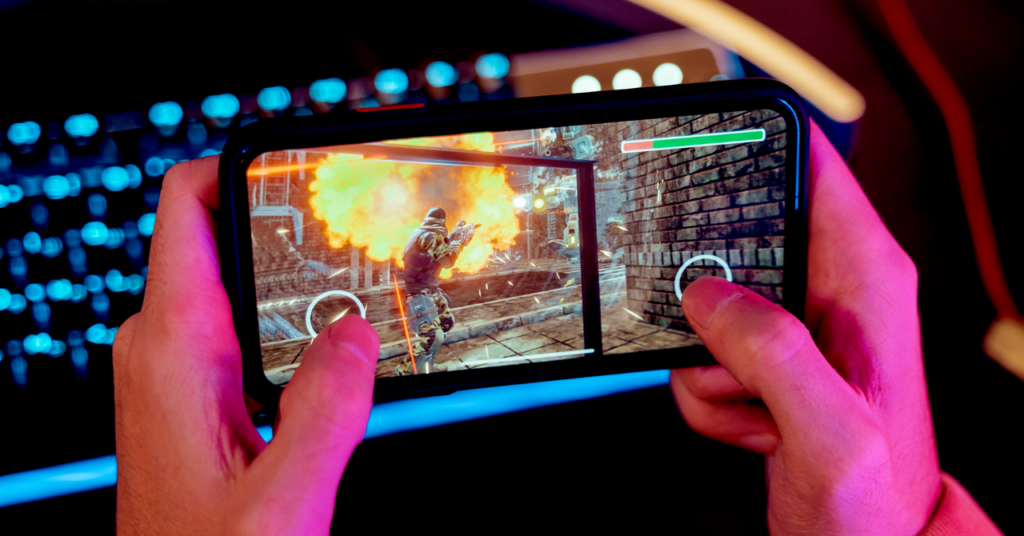[ad_1]
Many of our favorite TVs and monitors today boast displays with high refresh rates that promise smoother onscreen action and a sharper picture. Many of the best Android phones and all of Apple’s iPhone Pro models (from the 13 Pro on) can reach a 120-Hz refresh rate.
High refresh rates are also talked about a lot in gaming, where fast reactions and instant onscreen updates can mean the difference between victory and failure. There are even a handful of Android gaming phones that can reach 144-Hz refresh rates and higher.
Updated November 2023: We added a section on adaptive refresh rates and LTPO.
What Is a Refresh Rate?
All content on your display is made up of individual still frames (photos) shown in sequence at a very high speed. The refresh rate is measured in hertz (Hz), and it dictates how often the frame can change. A refresh rate of 120 Hz allows a new frame to be displayed up to 120 times every second. A 60-Hz display can only refresh the screen 60 times per second. And you can guess how many times a 90-Hz screen can refresh.
And What About Frame Rate?
It’s important to note that the potential benefit of a high screen refresh rate is limited by the frame rate of whatever is onscreen. With videos or video game graphics, this is expressed as frames per second (fps). Movies typically run at 24 frames per second, because it’s a theatrical standard, while many games can run at 120 fps.
Touch Response Rate?
Just to confuse you more, manufacturers sometimes list the touch response rate (or touch sample rate) for touchscreen displays, which is also measured in hertz. This number relates to how often the touchscreen scans for a touch from your finger. The higher the touch response rate, the faster it responds to your touch.
How Refresh Rate Impacts Your Phone
Google via Simon Hill
A higher refresh rate allows a phone’s display to keep up with gaming action and reduces motion blur on video, but it can also make navigating around the interface feel more responsive than it would on a display with a lower refresh rate. Games look less choppy during frenetic action, video footage of fast-paced sports action appears smoother, and any jerkiness scrolling a long web page is reduced. To get the full benefit of a high refresh rate, you also need a high frame rate, and ideally, the two match.
The cost is often your battery life. Refreshing the image on a display more times per second requires more battery power. Processing power is also needed to run graphics at a higher frame rate. Processors have improved enormously, but battery life is still limited on smartphones. For that reason, most phones with high refresh rates do not run at the highest rate all the time.
Higher refresh rates first came to smartphones with the gaming-focused Razer Phone, but manufacturers like Apple, Samsung, OnePlus, and Google have since adopted them in flagship devices like the iPhone 15 Pro, Galaxy S23 series, and the Pixel range.
[ad_2]
Matéria ORIGINAL wired
